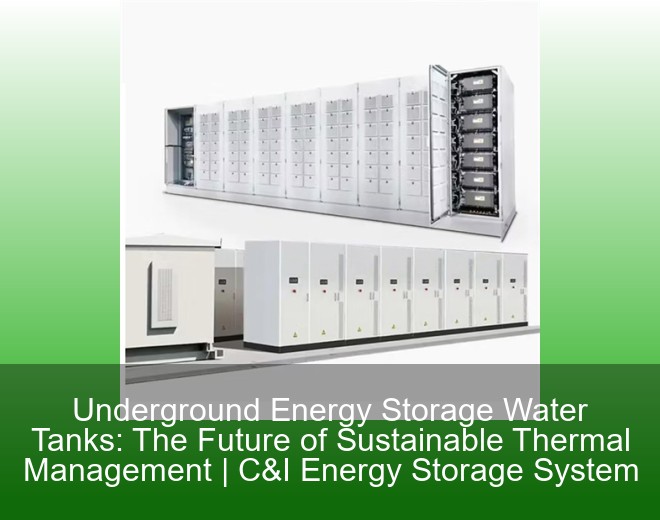
Let's face it – storing energy is like trying to catch sunlight in a jar. That's where hydrogen energy storage struts onto the stage, wearing its periodic table pride (H₂, anyone?) like a superhero cape. This technology isn't just about stuffing hydrogen into containers; it's the missing puzzle piece in our renewable energy revolution. Recent data shows the global hydrogen storage market could balloon to $23 billion by 2030[6], proving it's more than just science fair material. [2025-06-06 15:52]

Let’s start with a caffeine analogy. Imagine your coffee maker as a shale gas energy storage station. You brew a full pot in the morning (energy production), but you don’t drink it all at once. Instead, you keep the extra in a thermal carafe (storage) for that 3 PM slump. Similarly, these stations store excess natural gas in underground shale formations, releasing it when demand spikes. Now, who knew fossil fuels and coffee had so much in common? [2022-03-12 19:46]

The Netherlands, a country where 18% of the land is reclaimed from the sea, is now turning its underground layers into giant thermal batteries. Forget windmills and tulips – the real magic happens beneath those wooden clogs. Aquifer energy storage, particularly Aquifer Thermal Energy Storage (ATES), is rewriting the rules of sustainable heating and cooling in one of Europe’s most innovative energy landscapes[6][8]. [2021-06-27 07:24]

engineers scratching their heads over energy bills, urban planners sweating (literally) about carbon footprints, and eco-warriors dreaming of net-zero cities. If you’re in any of these camps, welcome! Underground energy storage water tanks are like the Swiss Army knives of thermal management—solving multiple problems while hiding beneath our feet. These systems store excess heat or cold in water reservoirs underground, ready to be tapped when needed. Think of them as giant thermal piggy banks for buildings, factories, or even entire neighborhoods. [2025-07-26 09:20]

A world where solar farms work night shifts, and wind turbines moonlight as battery bankers. Sounds like sci-fi? Welcome to 2025, where grid-level long-term energy storage is rewriting the rules of renewable energy. With the global energy storage market hitting $33 billion annually[1], we're not just talking about batteries – we're building the financial institutions of clean energy. [2025-05-15 20:22]

If you’re a city planner sweating over carbon emissions, an engineer hunting for affordable clean energy fixes, or just someone who wants their Netflix binge warmed by eco-friendly heat, this article’s for you. We’re breaking down the latest innovations in energy storage and heating—think of it as a Netflix guide but for saving the planet (and your heating bill). [2024-09-02 21:19]

Let’s cut to the chase: the Mengxi Gravity Energy Storage Project isn’t just another science experiment. This bad boy in China’s Inner Mongolia could revolutionize how we store wind and solar power. But who’s really paying attention? Let’s break it down: [2023-10-20 18:14]

Let's face it – cities like Jakarta and regions like Ouagadougou aren't just separated by geography. One's a buzzing Asian metropolis guzzling energy like espresso shots, while the other's an African hub where reliable power can mean life or death for medical facilities. But both share a common need: smarter energy storage solutions. The global energy storage market, valued at $33 billion and generating 100 gigawatt-hours annually[1], isn't just about technology – it's about keeping lights on, vaccines cold, and factories humming. [2023-08-03 13:39]

a city where fjord winds and midnight sun aren't just postcard material but power sources. Welcome to Oslo, the Nordic hub turning energy storage equipment into climate action superheroes. With Norway aiming for 100% renewable energy by 2030, Oslo's storage solutions are like Viking longships – built for rough seas but steering toward calmer waters[3]. [2023-07-29 15:49]

Ever wondered how we’ll keep the lights on when the sun isn’t shining or the wind isn’t blowing? Enter hydrogen energy storage—the Swiss Army knife of renewable energy solutions. This article dives into its real-world applications, sprinkled with quirky analogies and hard data. Let’s get cracking! [2023-04-25 02:49]

A moose casually chewing on maple leaves while massive battery farms store enough clean energy to power entire cities. This isn't science fiction – it's Canada's energy storage landscape in 2025. With the global energy storage market booming at $33 billion annually [1], Canada's playing hockey in the big leagues, aiming for net-zero emissions by 2050 through cutting-edge storage solutions. [2023-04-13 06:29]

your vertical mill’s accumulator is sweating like a marathon runner in the Sahara. That ominous heat isn’t just uncomfortable – it’s your equipment screaming for help. Vertical mill accumulator overheating ranks among the top 3 causes of unplanned downtime in cement plants, with repair costs averaging $18,000 per incident according to 2024 industry reports[8]. But why do these hydraulic workhorses turn into space heaters? [2022-09-03 13:20]
Enter your inquiry details, We will reply you in 24 hours.
Brand promise worry-free after-sales service